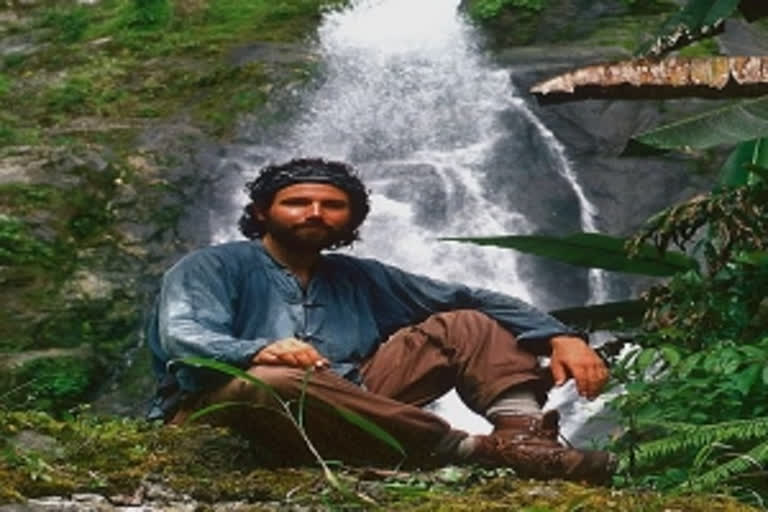New Delhi: The site where China is planning to erect the world’s largest hydroelectricity dam on the Yarlung Tsangpo-Brahmaputra river is one of the last unexplored stretches on earth and finds mention as a mystic land in the beliefs and legends of Tibetan Buddhists where it is called ‘Beyul Pemako’ or ‘hidden paradise’.
Following old hunters’ trails, tribal legends, and cryptic ancient Tibetan texts, it was only in 1998 that the course of the Tsangpo was navigated in its entirety for the first time by Ian Baker, an American anthropologist, Buddhist scholar and explorer.
He reached the 108-feet ‘hidden falls’ which till then was the stuff of fables even as many questioned its existence.
Asked about China’s recently-announced plan to dam the Tsangpo river near the ‘Great Bend’ region, Baker told ETV Bharat on email: “I think it would be a terrible idea for the Chinese authorities to actualise plans for damming the Tsangpo-Brahmaputra river in the region of the Great Bend, and thus altering one of the most pristine remaining ecosystems of the planet and negatively impacting the lives of all who live downstream.”
“Despite China’s need for water, I sincerely hope that such a technically fraught project won’t come to pass.”
After the 1998 discovery of the falls that was sponsored by National Geographic, Baker wrote of his unique experience in his book ‘The Heart of the World: A Journey to the Last Secret Place’, where the foreword was written by the Dalai Lama.
Also Read:'China's Tsangpo dam only with India, Bangladesh collaboration'
Baker was also intrigued by beliefs that accounts believed to have been orally transmitted by Padmasambhava (an enlightened being) and his consort Yeshe Tsogyal in the 8th century described routes leading into hidden lands.
